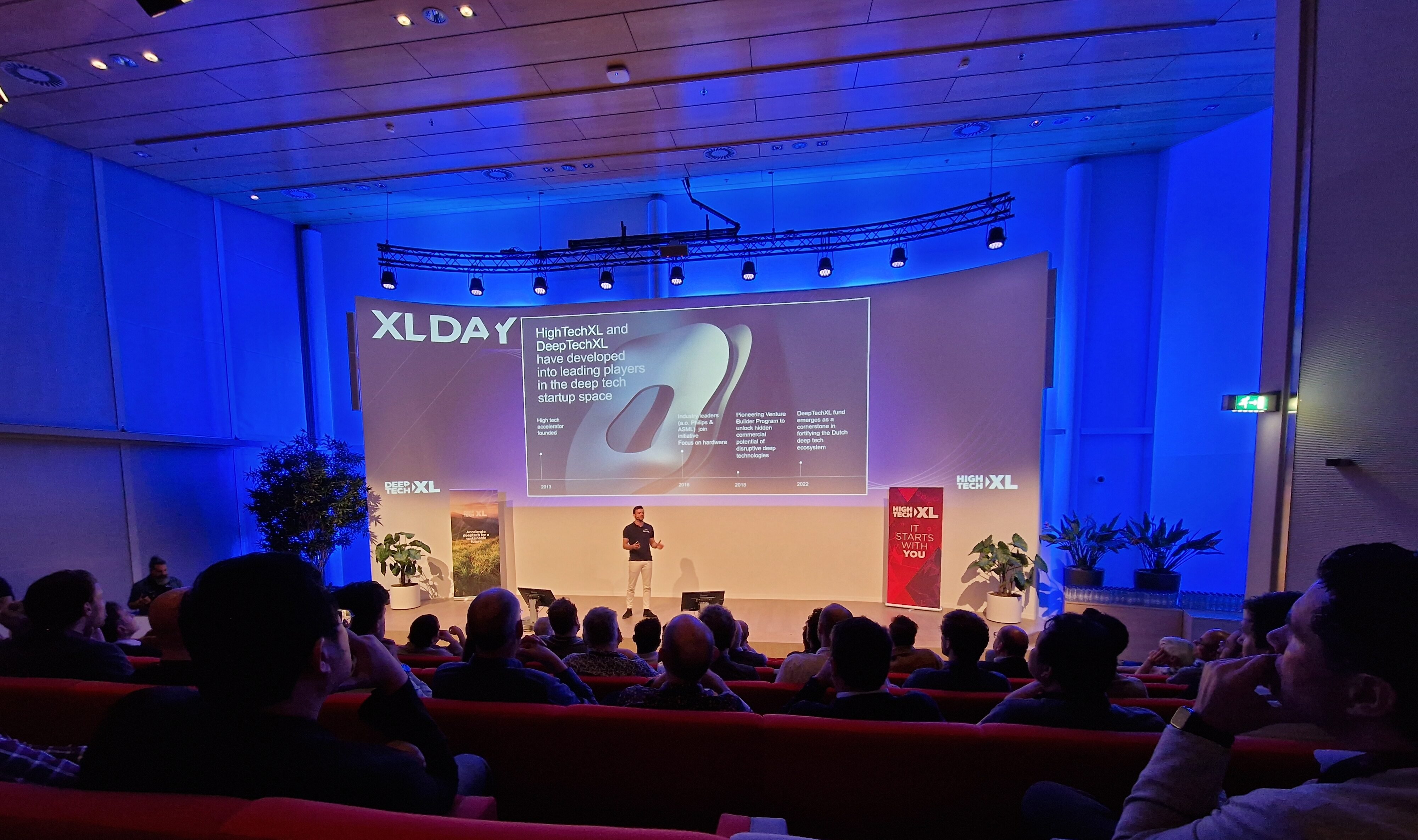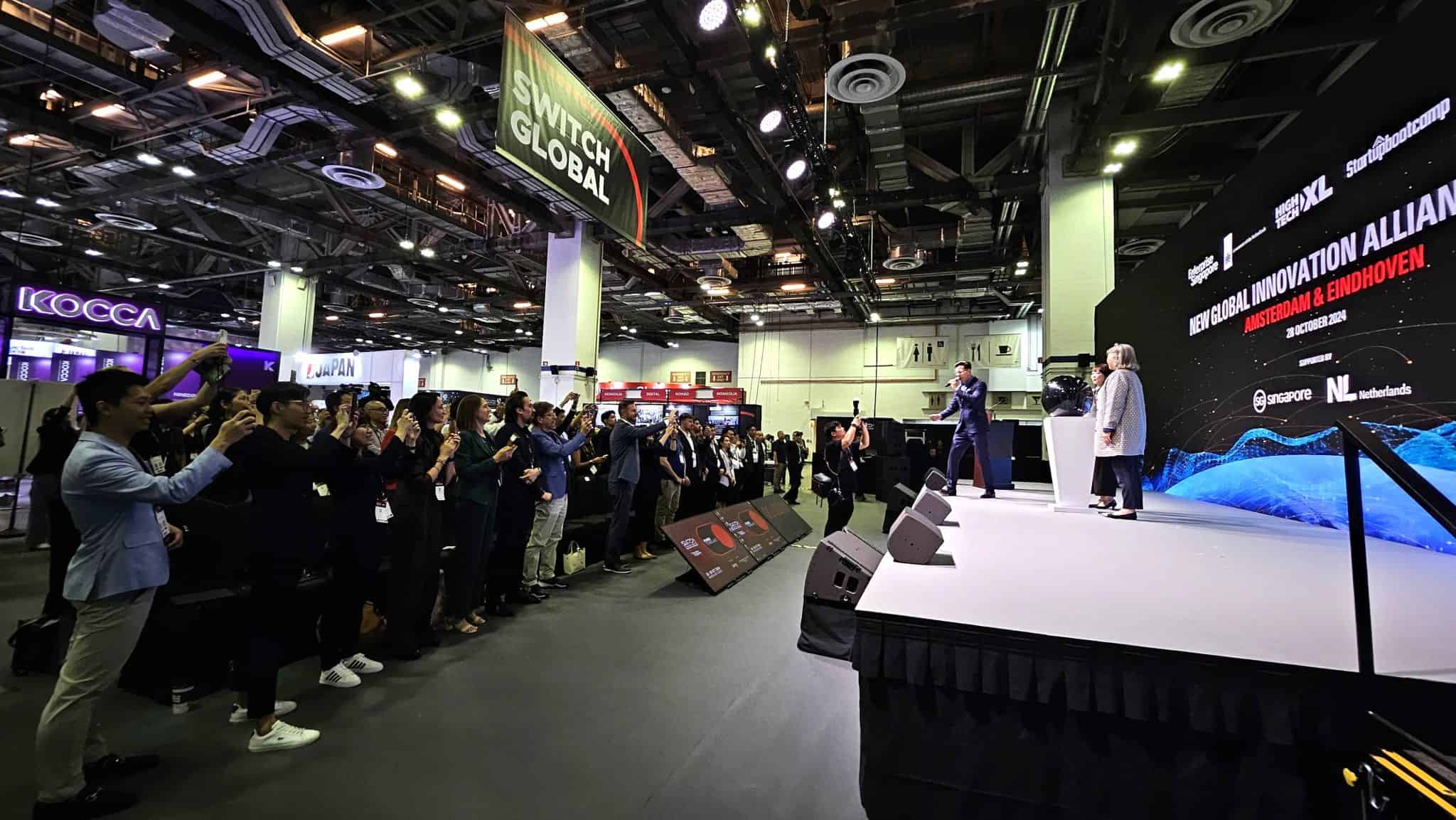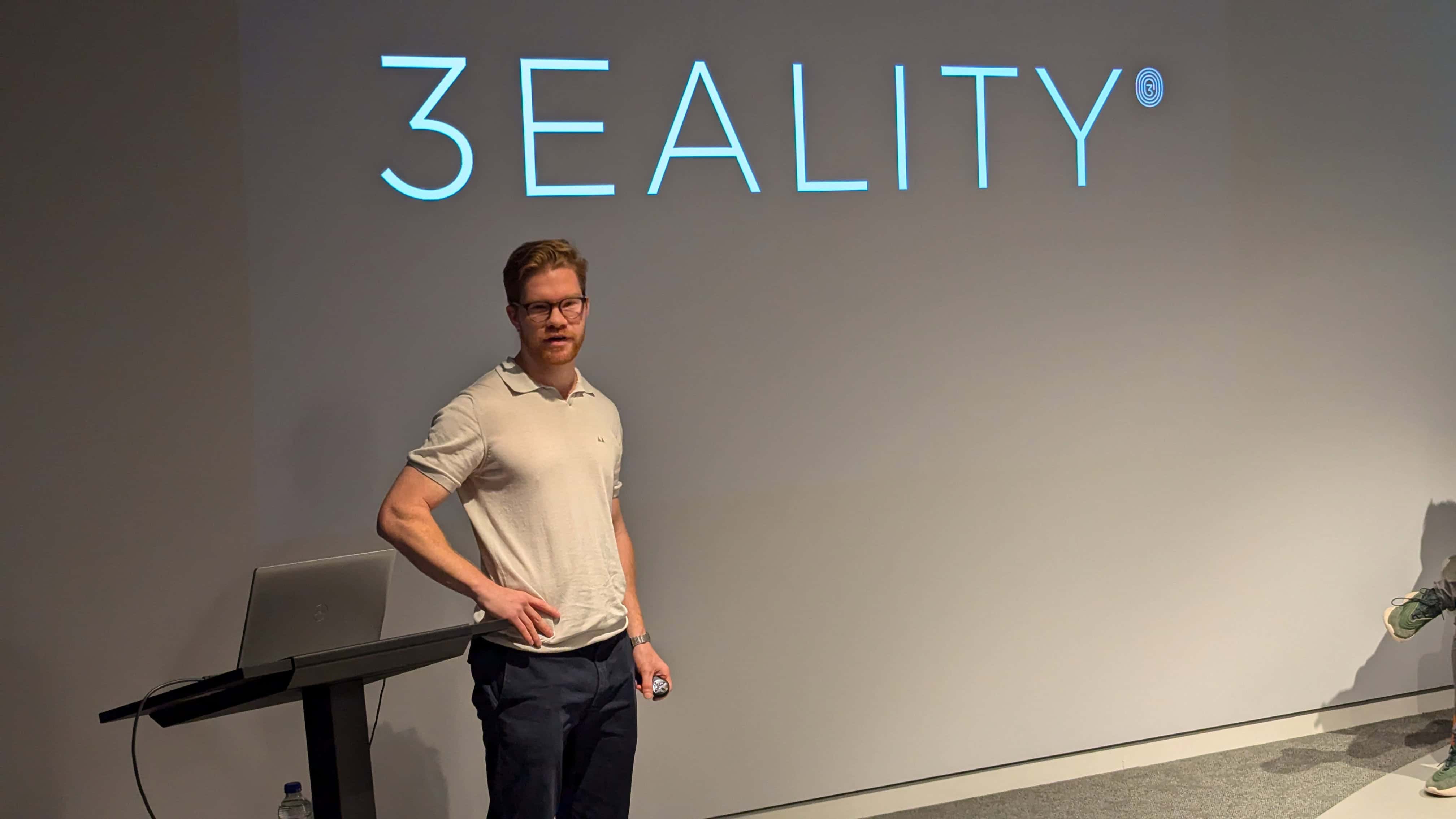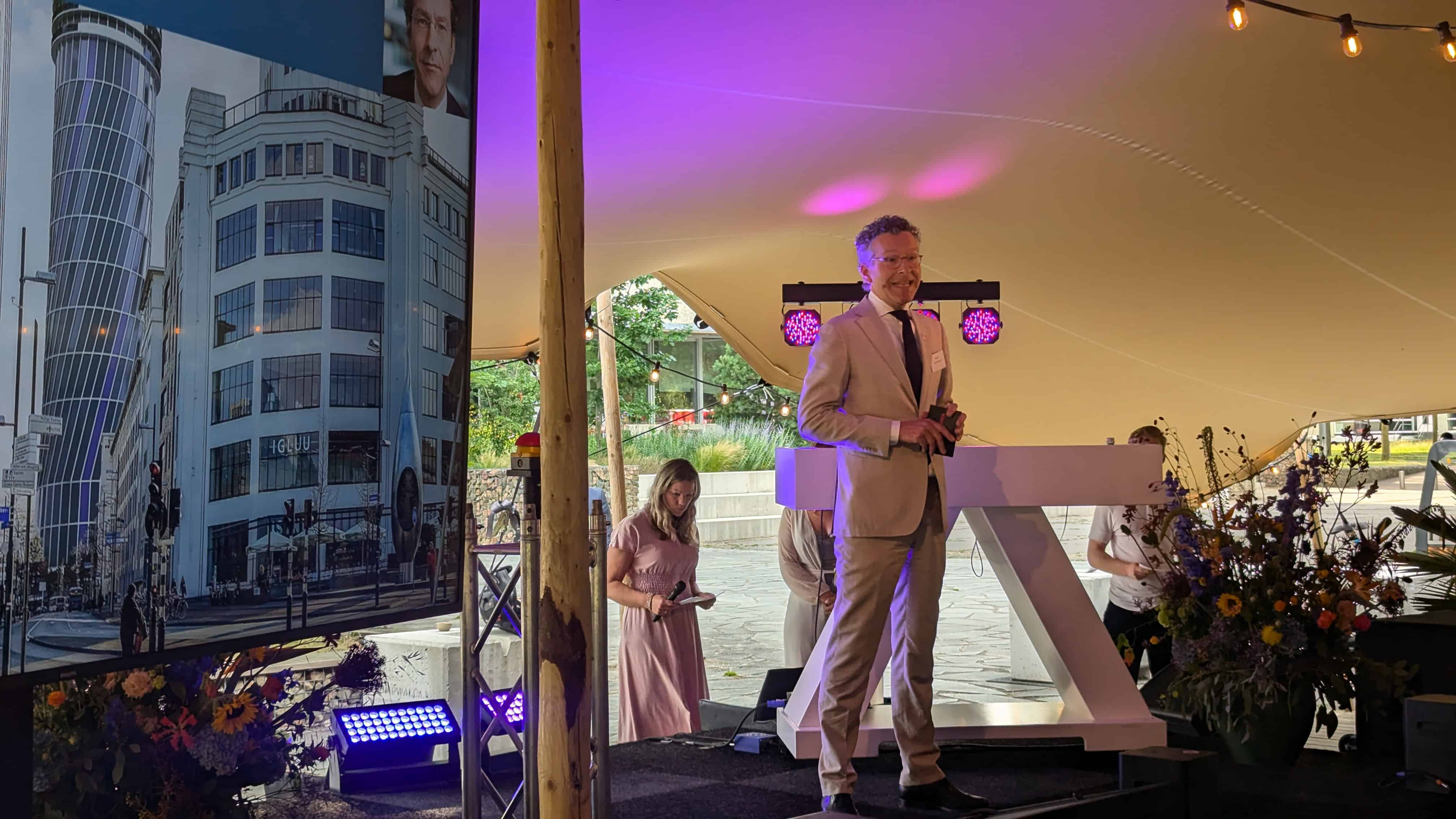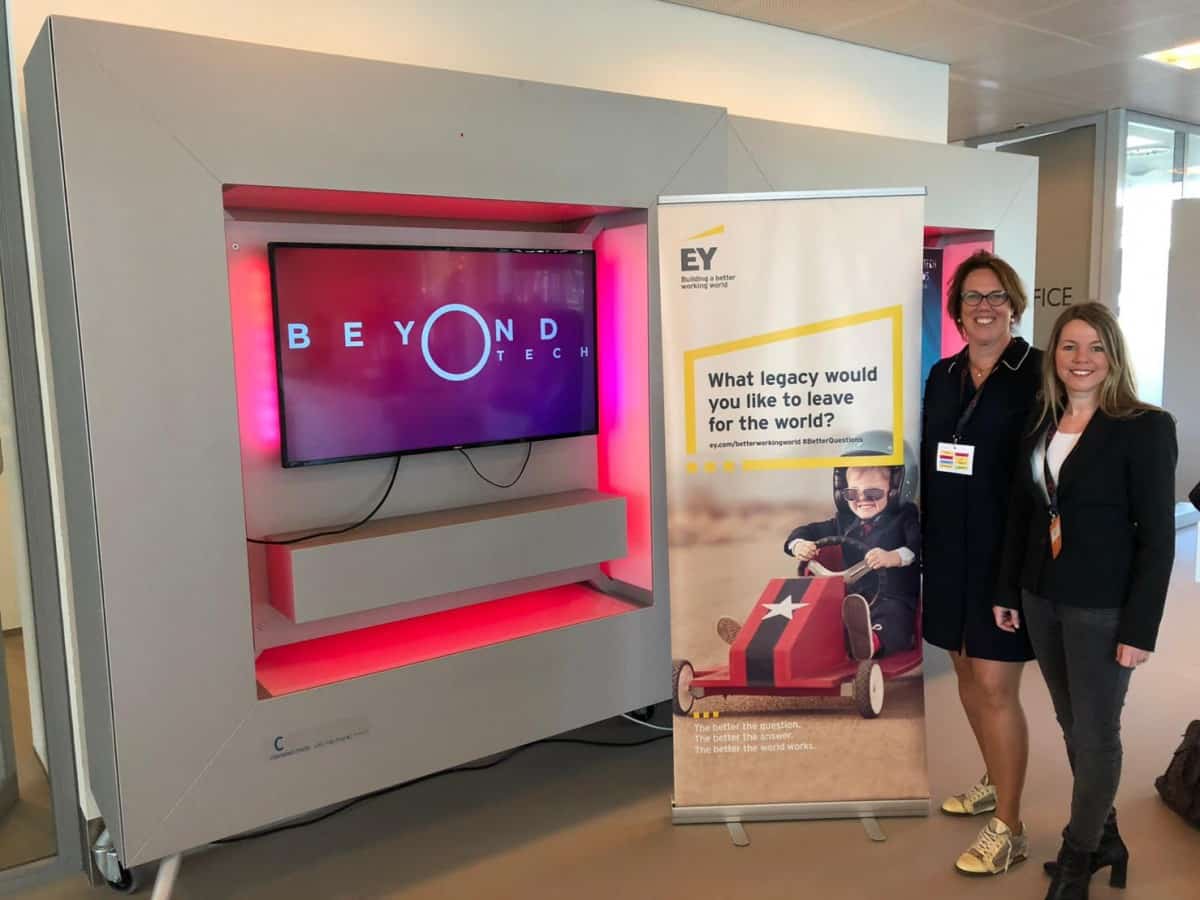
Maybe because we all know the romantic side of start-up-life a little bit too well, we tend to forget to think about the financial side. How to get money to get your business started? Katja Hilckmann, EY Associate Partner, and Inge Dinnessen, EY Manager, show us that every phase in your development asks for a different approach. Like: Don’t go to a traditional bank in your first phase, and never pay a subsidy advisor up front.
You have an innovative idea and… then what? At Beyond Tech, HighTechXL’s big event around “the revolutionary potential of high tech”, Dinnessen and Hilckmann discussed the financing opportunities and what is expected from entrepreneurs building startups. “First of all, beware that financing innovation is not an easy-to-plan kind of process. You would think: once you have a prototype, you go to this financial institute that gives you money for the validation. After a month, you go back and ask for new money that enables you to build your team. Next month, new money for writing the business plan and finally, the money to go to market. Unfortunately, the roadmap for start-ups isn’t as clearly outlined as this. In real life, it’s a bumpy road full of successes and setbacks and new financial needs at moments you wouldn’t expect them.”

Dinnessen and Hilckmann take their audience from step to step, constantly asking for examples and experiences. They take us from bootstrapping (“full control, which is nice, but limited opportunities”) via Friends Fools and Family (“Find the true believers!”) to the world of crowdfunding, business angels and venture capital. And right in the middle the muddy world of subsidies and grants. “Anybody here ever tried to raise money through government subsidies?” Several arms in the air. “Not as easy as you had thought, or was it?” Indeed, the experiences of this group with subsidies are mixed, to say the least. “It looks like easy money, but it isn’t. Grants are very difficult, and even if you get one, you have to deliver – if not, you won’t be allowed to keep the money.”
“Look at your story from an investor’s point of view. What impact are you going to make with your solution? What’s in it for the ones you ask money from?”

Someone in the audience suggests using one of those advising agencies, because ‘they know their way in the world of grants’. “Beware”, Hilckmann warns. “There are a lot of cowboys out there. And if you want to be helped by one of them, make sure to only pay if they are successful. Never accept an invoice up front.” What might be more interesting is to dig into some of the local opportunities for grants. “Like the ones at Metropoolregio Eindhoven, for example. But not only there: most regions have their own local incentives.”
Business angels (“unfortunately, they are pretty hard to find…”) and venture capital are instruments for a later phase in a start-up’s development. “Just like going to a bank is. You’ll see that these are mostly very risk-avoiding institutes, so you will really have to have proven that your product can become a success.”
Finally, Dinnessen and Hilckmann have some advice on how to pitch. “Of course, you focus on your product and what kind of problem this is going to solve. But don’t forget to address your specific audience. So look at your story from an investor’s point of view. What impact are you going to make with your solution? What’s in it for the ones you ask money from?”



